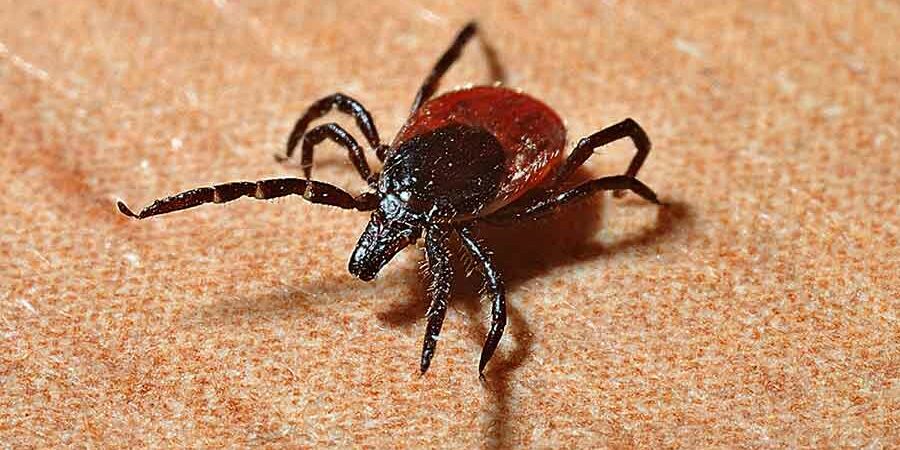The Life Cycle of a Tick

When you or your furry friend gets a tick bite, it can seriously derail what should have been a fun day outdoors. Ticks are one of the most annoying parasites, attaching themselves to animals and humans and feeding on their blood.
As they feed, they can transmit various diseases, including Lyme disease. A bite from an infected tick can cause fatigue, joint point, fever, and poor appetite. Although these bloodsuckers are disgusting, understanding their life cycle can help you keep yourself or your pet safe from them.
Ticks undergo four life stages – egg, larva, nymph, and adult – and it can take up to three years to complete a full life cycle. That said, let’s take a detailed look at the life cycle of a tick.
Egg
A tick starts its life as an egg. A female tick lays several thousand eggs at a time on the ground, usually nestled in the grass.
These eggs can get stuck to fur, clothes, or body parts, and end up being transferred into our homes.
Larva
The egg hatches into a larva, which has six legs. The larva looks more like an adult tick and is also known as seed tick. The major difference is that it has two fewer legs.
The larva must find a host to survive and grow. Its first host is normally a lizard or a small mammal. Once it feeds, the larva drops on the ground where it digests the food and starts growing.
Nymph
It takes one to three weeks before a larva molts into a nymph. It is easy to confuse a nymph with a tiny tick because of its eight legs.
Like the larva, a nymph has to find a living host to feed and continue growing. Unlike larvae, nymphs prefer larger animals as hosts, such as possums or raccoons.
Once they feed, some nymphs may become dormant, whereas others may drop drown and molt into adults. Other nymphs complete their final cycle on the same host.
Adult
At the last stage, the tick must find its third and final host for feeding. When a tick reaches maturity, its major role is reproducing.
A male tick usually dies once it mates. A female tick may lay a single huge batch of eggs, or several smaller batches before it dies.
The Lifespan of a Tick
A tick’s lifespan varies depending on several factors, such as the species. Most ticks live at least three months before molting from one stage to the next. Ticks can undergo several molts before they mature. Completing a full life cycle often takes as much as three years.
When you understand the life cycle of a tick, it will be much easier for you to identify and control them. It’s always advisable to treat ticks in the early stages of their life cycle.
Controlling ticks when they’re still young and not yet reproducing helps to control their spread. For effective tick management, it’s best to work with an experienced pest control professional.
